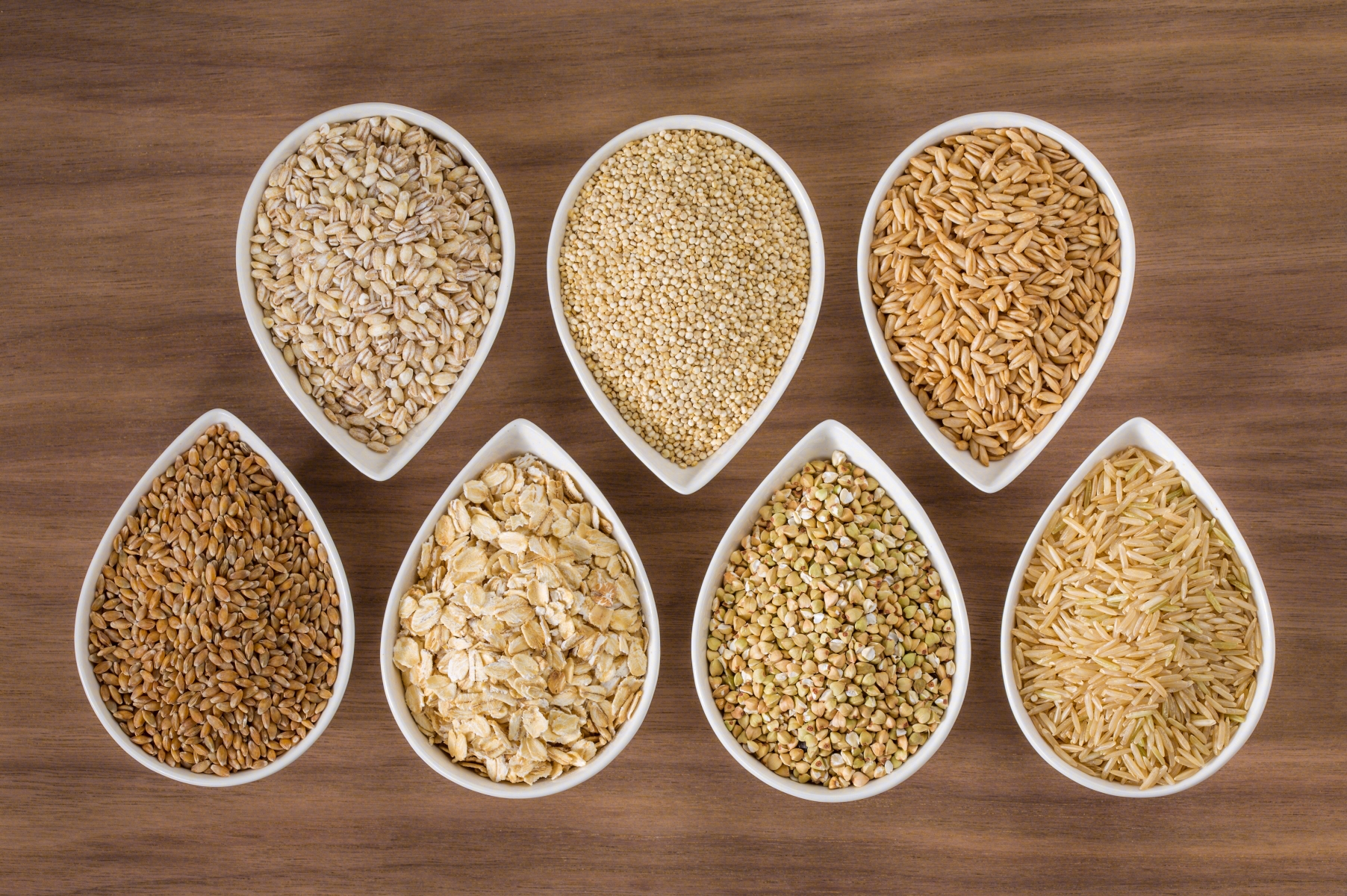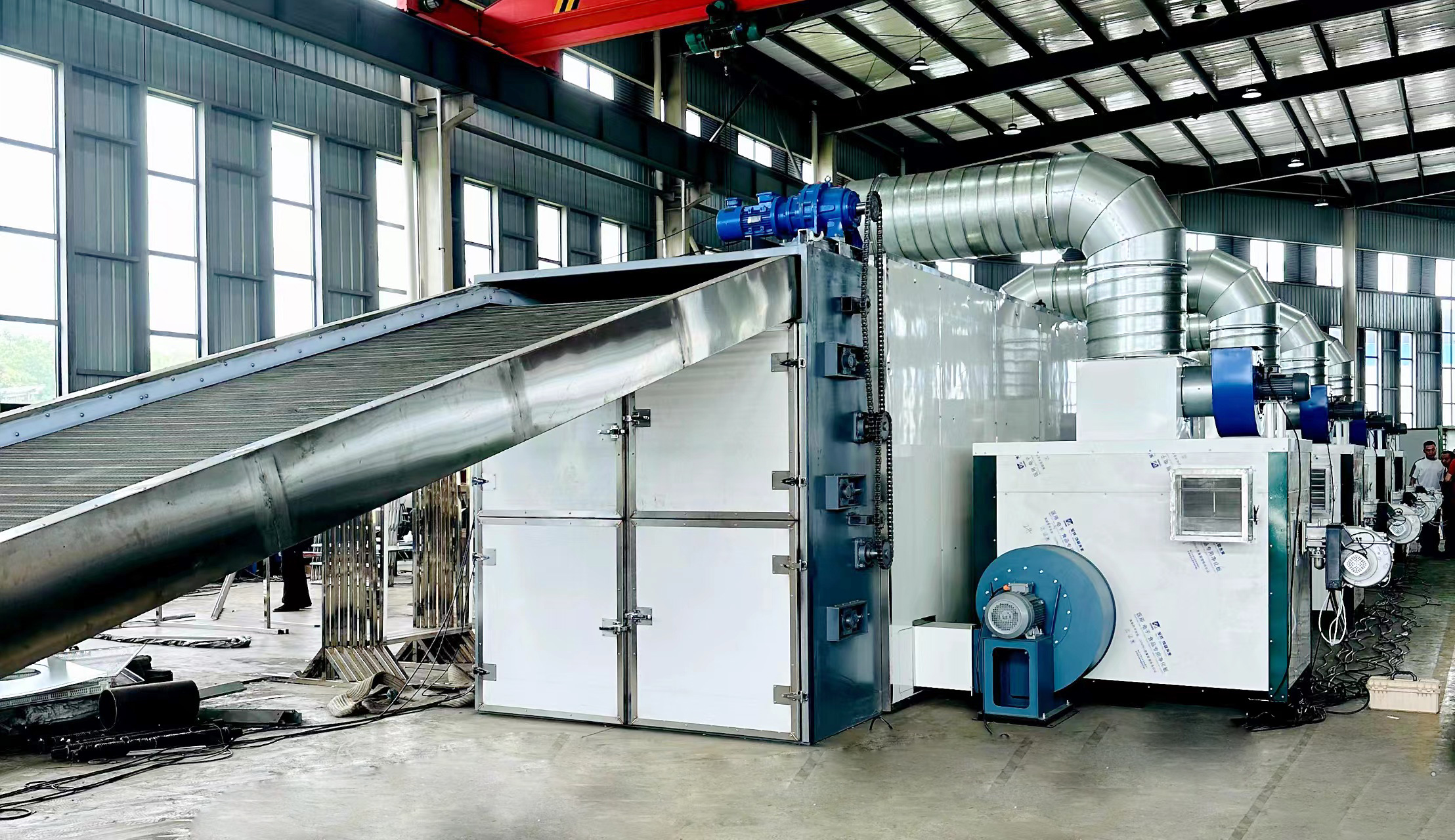**Improved Efficiency and Reduced Time Costs**
Traditional sun-drying methods rely heavily on weather conditions, often leading to delays during rainy or humid seasons. Grain drying equipment allows for continuous operation regardless of external factors, significantly shortening the drying cycle from days to hours.
**Enhanced Grain Quality and Safety**
Controlled temperature and airflow in drying machines prevent over-drying or uneven moisture distribution. This reduces the risk of mold, toxins, or insect infestations, ensuring compliance with food safety standards.
**Minimized Post-Harvest Losses**
Natural drying exposes grains to contamination from dust, birds, and rodents. Mechanical drying protects grains from external pollutants and physical damage, preserving both quantity and quality.
**Energy Saving and Environmental Benefits**
Modern drying systems utilize technologies like heat recovery and renewable energy integration (e.g., biomass or Natural gas), reducing carbon footprints compared to fossil fuel-dependent methods.
**Flexibility for Large-Scale Production**
Drying equipment can handle bulk quantities uniformly, supporting agricultural industrialization. It also enables off-season storage and year-round market supply.
**Economic Value Addition**
High-quality dried grains fetch better market prices. Reduced labor costs and increased throughput further enhance profitability for farmers and enterprises.
*Conclusion **
Grain drying equipment is revolutionizing agriculture by replacing outdated practices with technology-driven solutions. It not only safeguards food security but also promotes sustainable development in rural economies.
Post time: Mar-07-2025















